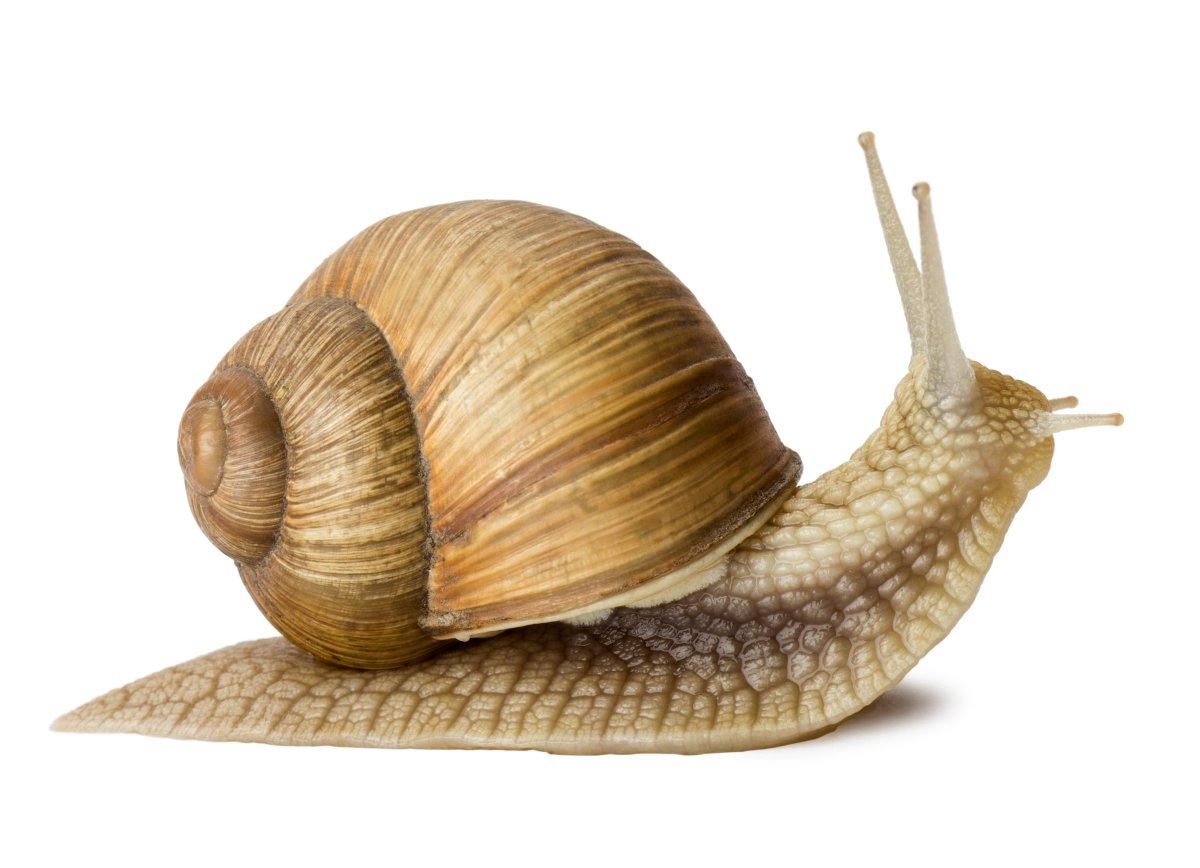In what seems straight out of a science fiction movie, scientists from California have successfully extracted a memory from one snail and implanted it in another.

In a study, published in the journal eNeuro on Monday, researchers from the University of California Los Angeles transferred a form of genetic information called ribonucleic acid (RNA) from specially trained marine snails to ones that did not receive the training.
The snails in one group were trained to respond to a stimulus — a mild electric shock on the tail — which triggered a defensive withdraw reflex. At first, the snails would only retreat for a few seconds, but through repeated shocks, the scientists trained them to curl up for a longer period of time, about 50 seconds.
The second group then received the shocks and the snails contracted for only about two seconds.
But when the RNA molecules were transplanted from the trained snailed to the untrained one, they exhibited the same defensive response when shocked. They curled up for about 40 seconds, as if they had remembered how to respond to the stimulus.

Get daily National news
WATCH: MIT researchers develop new light-based therapy to treat Alzheimer’s disease

Lead researcher, Dr. David Glanzman told the BBC, the result was “as though we transferred the memory.”
He also stressed that the snails did not get hurt.
“These are marine snails and when they are alarmed they release a beautiful purple ink to hide themselves from predators. So these snails are alarmed and release ink, but they aren’t physically damaged by the shocks,” he said.
Can this scientific feat help humans?
The scientists believe the information could provide clues to where memories are physically stored and how they can be altered.
“If memories were stored at synapses, there is no way our experiment would have worked,” Glanzman told the BBC.
A sea snail has about 20,000 neurons in its central nervous system and a human is thought to have 100 billion, according to the scientists. But despite the vast difference, the researchers said the cells of marine snails are still similar to those of humans, which makes this discovery that much more significant.
“I think in the not-too-distant future, we could potentially use RNA to ameliorate the effects of Alzheimer’s disease or post-traumatic stress disorder,” he said.
WATCH: Pollution a contributing factor to Alzheimer’s disease?

But there is still a lot more work to be done.
Glanzman said the next step in this research is to transfer RNA in more complex animals, like mice.








Comments